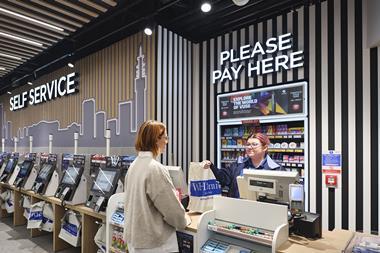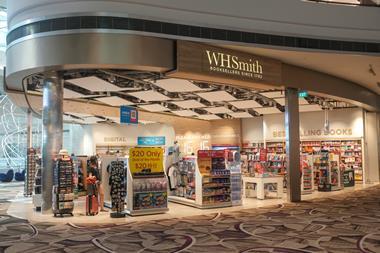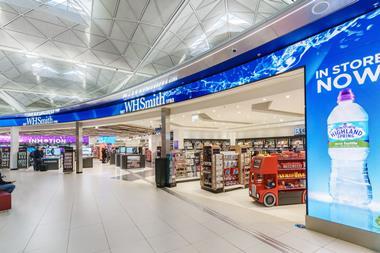WHSmith remains a retailing enigma.
Want to know more about WH Smith?
For detailed data and analysis of WH Smith visit Retail Week Knowledge Bank now
Less than a decade ago it was being bracketed with Woolworths as a legacy retailer. Retail Week Knowledge Bank’s updated profile tracks and analyses how, under Kate Swann’s painstaking leadership, the business has clawed its way back to profitability.
That retail is detail was never truer as continuing sales falls in the high street division and even recent like-for-like declines in the more dynamic travel division have been counteracted by ongoing cost savings and key range improvements. It is an achievement, with latest year operating margins in double figures in travel and almost 6% in high street.
Indeed, 2010/11 interims show further profitability improvement, while gross margin continues its impressive advance. However, the declines in like-for-likes accelerated. So it is appropriate to question again whether the present situation is sustainable, notably the seemingly inexorable fall in high street division’s sales, over and above short-term market conditions.
Looking behind the headline figures, certain key performance ratio trends make worrying reading. Despite high footfall, high street’s sales densities are down to a distinctly modest £285 per sq ft and still falling, having approached £400 per sq ft in the early 2000s. This compares with more than £1,000 per sq ft in the smaller travel units, albeit also falling recently. Similarly, group employment costs as a proportion of sales now exceed 15% and still rising, and will be above that in the high street operation.
All this raises the question whether the high street estate now requires fundamental reappraisal. The group also retains separate high street and travel operating structures and management, suggesting a case for greater cross fertilisation of best operational practice as well as product ranging tactics.


























No comments yet